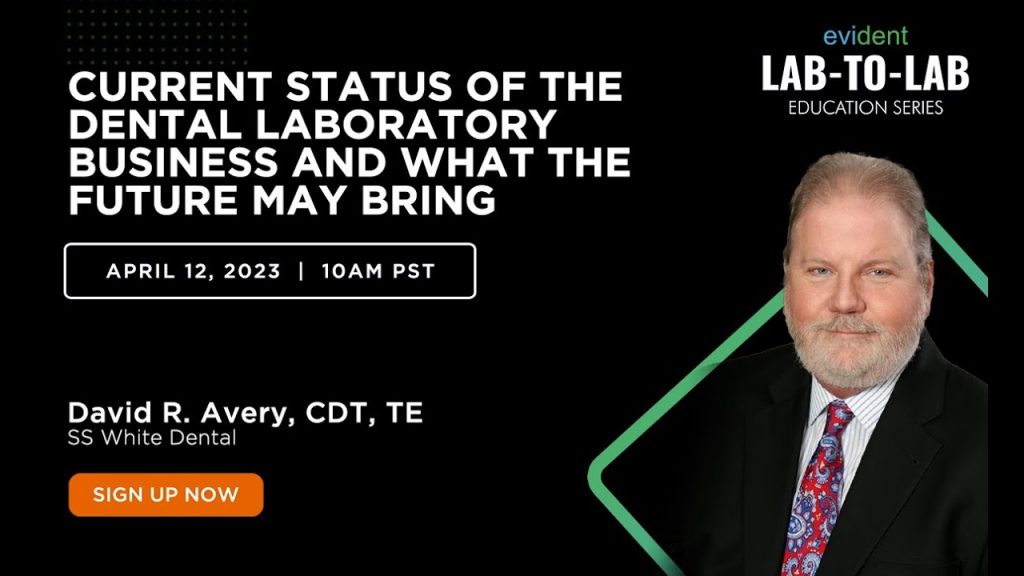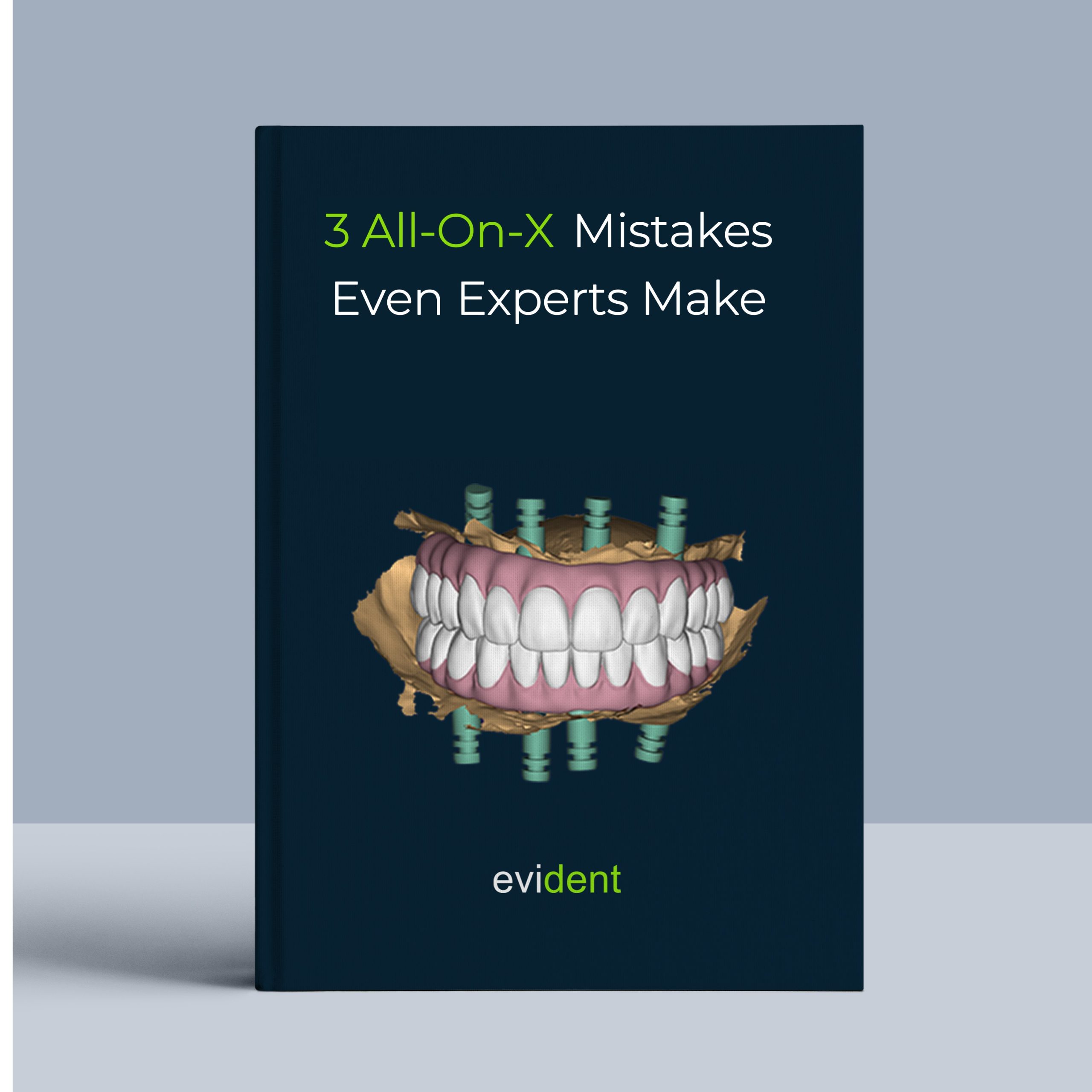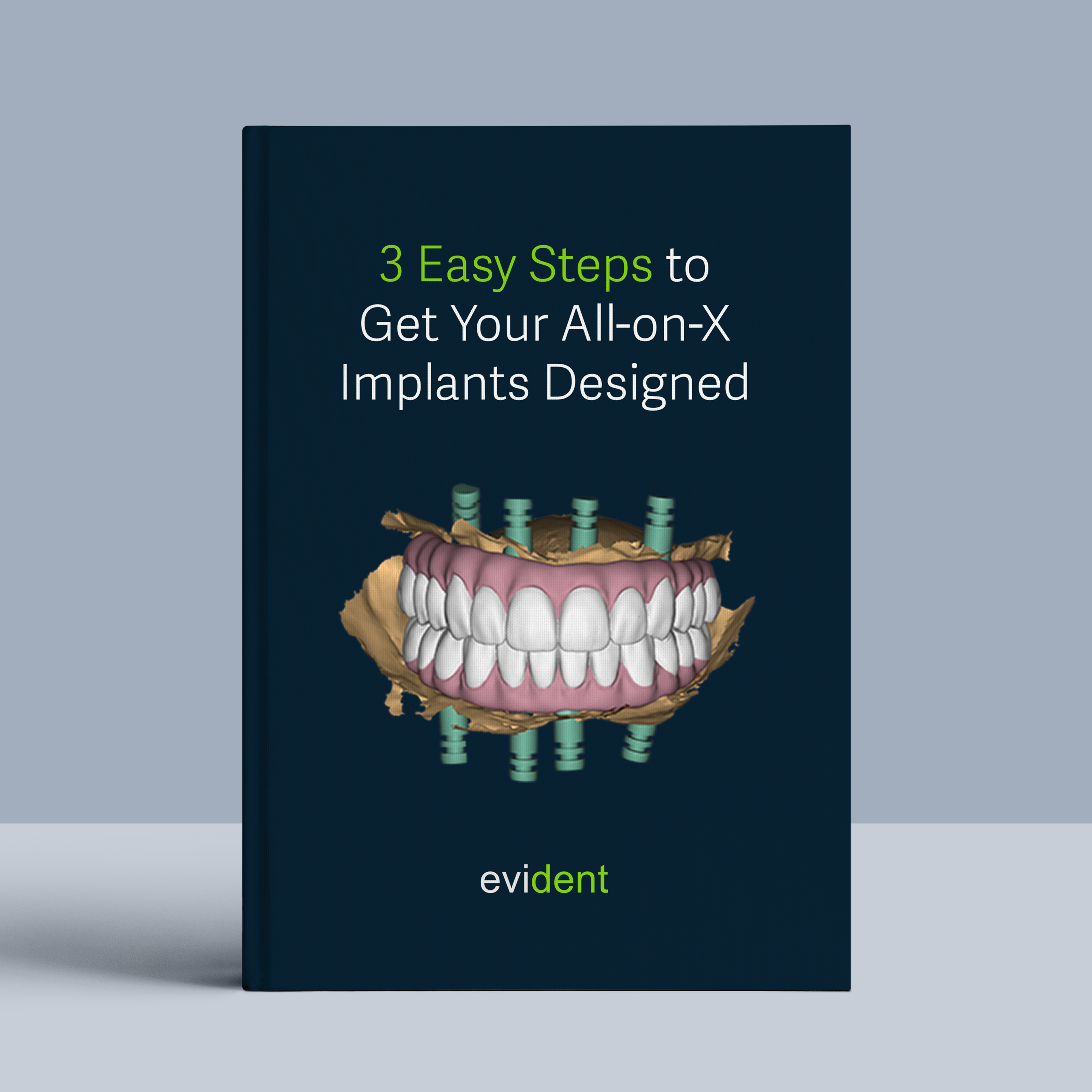
We’ve come a long way with dental restorations since gold and animal bone. In today’s digital age where advancements are rapidly developing, missing out on the year’s technological trends in dentistry could snowball into lagging behind the competition, or worse, obsolescence.
Technology is rapidly evolving and the dental industry is no exception. Staying up-to-date on what labs could be missing out on can inform the right long-term investments, allowing dental labs to innovate and stay afloat.
With that said, here are some trends in the dental lab business that dental technicians should know about:
Digital Dentistry
Advancements in dental restoration technology have made the fabrication process for cases much more accurate.
David Avery, Director of Laboratory Sales at SS White Dental, mentions in an Evident webinar that digital dentistry has drastically reduced errors in the case-making process (except for staining). He continues, saying that any remakes due to the incompatible fit of the case are gone thanks to this new technology.

These advancements aren’t costly to get into, either. Analog labs may subcontract different digital facilities with more elaborate, top-of-the-line equipment to create different components and restorations without needing to make a heavy investment in equipment outright.
Here are some of the equipment needed in digital dentistry:
- Dental CAD/CAM Software
- Hardware Capable of running dental CAD/CAM software
- Intraoral (IOS) Scanner
- Dental 3D Scanner
- Dental 3D Printer
Earlier, according to David, only cast partial frameworks were subcontracted. Now, anything, from crowns, bridges, veneers, and all-on-x, could be made in the same way.
Evident works with labs that receive 80% intraoral scans and some receive only about 20% IOS scans. This suggests that certain labs may be struggling to get their dentists to adopt a digital workflow. But with some labs finding success in getting their dentists integrated into a digital workflow, we could see a rising adoption rate in the digital dental restorative process.
Resin and Material
David’s concern with current resins is that they may not have a low enough solubility to withstand long-term use in the mouth. He elaborated, saying that manufacturers are filling dental resins with different types of ceramics which make the restoration harder and wear well. But solubility is something David is keeping an eye on with the advancements in resin technology.
At the moment, David’s expert opinion on resin-printed crowns is that they’re not strong enough for a molar and not aesthetic enough for an anterior tooth. However, David believes the gaps in resin’s properties will be filled in the near future.
Currently, David believes that milling is the best way to create sturdy restorations. But seeing how rapidly dental technology has evolved, David sees sturdier 3D-printed resin restorations as very plausible. Once that’s developed, clinicians and dental labs alike will be printing restorations with the strength of milled ones.
Tooth Preparation
Back then, the tooth preparation method would heavily depend on what material would be used for the restoration.
David mentioned that dentists would have a certain material in mind, and thus, prep a tooth according to that material. This limited labs’ options when it came to deciding which material to use.
It also means that the optimal material may not be utilized, since the dentist would have already prepped a tooth in a way that exclusively accommodated another material.
David alluded to a “one-prep-fits-all” tooth preparation method that can accommodate various types of materials in dental restorations. Having this one-prep-fits-all preparation allowed dental labs to be more flexible with the materials they could use, oftentimes resulting in more natural-looking cases.
David mentions that SS White Dental Laboratory teaches labs to provide their dentists with burr kits, allowing the clinician to prepare the patient’s tooth as intended. By coordinating with the dentists on the tooth preparation process, dental labs could use the materials (e.g., Zirconia, Lithium Disilicate, Gold Alloy) they see fit for the patient.
Also, by streamlining the tooth preparation process for both the lab and clinician, the patient ends up more satisfied with their smile.
Removable Partials
David mentions that partial dentures, or removable prosthodontics, are in higher demand than ever. This is because of the massive generation of boomers that are losing their teeth to periodontal disease. So, removable partials, in this day and age particularly, have seen increased demand.
But there are some challenges that labs face with creating removable partials. These challenges contribute to fewer dental technicians knowing how to make them, and much fewer actually wanting to create them.
Casting
Traditionally, casting a metal partial framework will inevitably require some mechanical alterations to get it to fit right. This may include some additional cutting, grinding, chiseling, or hammering.
Intraoral scanning and 3D printing metals, particularly the selective layer melting (SLM) printing method, have eliminated these fit-related hiccups in casting partial frameworks. In addition, digital dentistry has also made these metal components much easier to create.
Because of IOS scanners and dental SLM printers, younger dental technicians, dentists, or even inexperienced staff, can start working on partial frameworks. Dental labs can scale their partial departments because of how quick and easy IOS scanners and SLM printing have made metal casting.
David elaborates on this, saying that in around 2000, 75% of his lab worked on fixed restorations whereas the remaining 25% worked on removable. After David left education and training, the ratio was closer to 60:40 respectively.
Flexible Partials
Due to flexible partials’ better adaptability to existing tissues, they tend to be more comfortable for the patient. Because of this, fit isn’t a huge concern with flexible partials.
The problem is that the analog process of creating partial frameworks was painstaking. David explained that labs hate producing partial denture frameworks analog. He further states that analog-produced partial frameworks make up the highest overhead of any lab work.
A point of concern for David is that despite the more elaborate dental technologies used today, there haven’t been 3D printers and resins that were able to produce satisfactory flexible partials.
However, David’s expert opinion is that we’re on the threshold of seeing a new family of resins being developed and manufactured to have the flexible properties of a flexible partial. In addition, these won’t necessarily be nylon or fiber-based materials, but may be an entirely different material altogether.
Once more developed 3D printers and resins come out, a system can be created that will effortlessly (and digitally) produce flexible partial dentures that are indeed flexible. This will eliminate the painstaking analog process of creating flexible partials and optimize workflow.
After digital dentistry techniques and equipment evolves to the point that metal casting and flexible partials are easier to do, the ever-increasing demand for removable dentures will be adequately met with no compromise on dental labs’ capacity and workload.
Conclusion
Technology inevitably advances and moves forward for the benefit of our lives. A digital system allows restorative dentistry to be quicker, more cost-efficient, and more eco-friendly; stronger resins may be produced to compete with the strength of milled zirconia; and 3D printers that are capable of working with nylon-based materials, such as Valplast, may soon be manufactured.
Potential advancements such as these benefit the healthcare sector, allowing patients to have better quality lives. So, adopting these technologies, whether investing in them or subcontracting a third party with better equipment, will allow dental labs to stay ahead of the technology curve. But more importantly, dental labs will contribute to an overall more efficient healthcare system in doing so.
Getting into a digital workflow doesn’t have to be costly. You can subcontract reliable, quick-working vendors to complete your digitization for you.
Here at Evident, we create digital case designs for labs and clinicians alike. Simply send us the patients’ IOS scan and we’ll design a ready-to-print (or mill) restoration for you within 24 hours. We employ hundreds of digital designers, allowing us a quick turnaround on a quality-assured, detailed design. Call us now.








